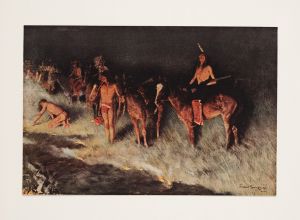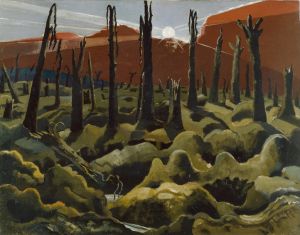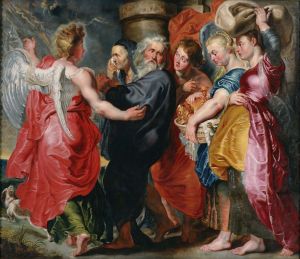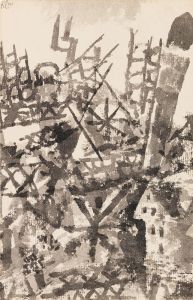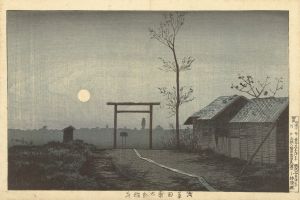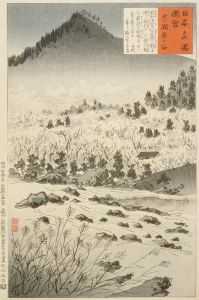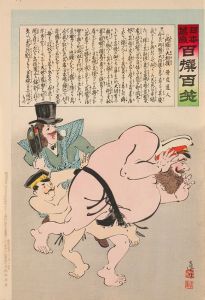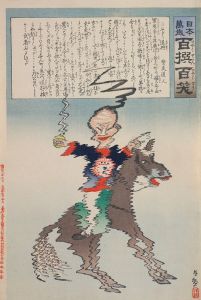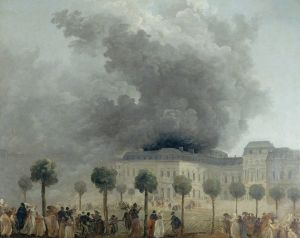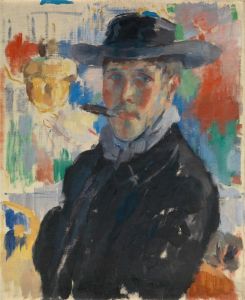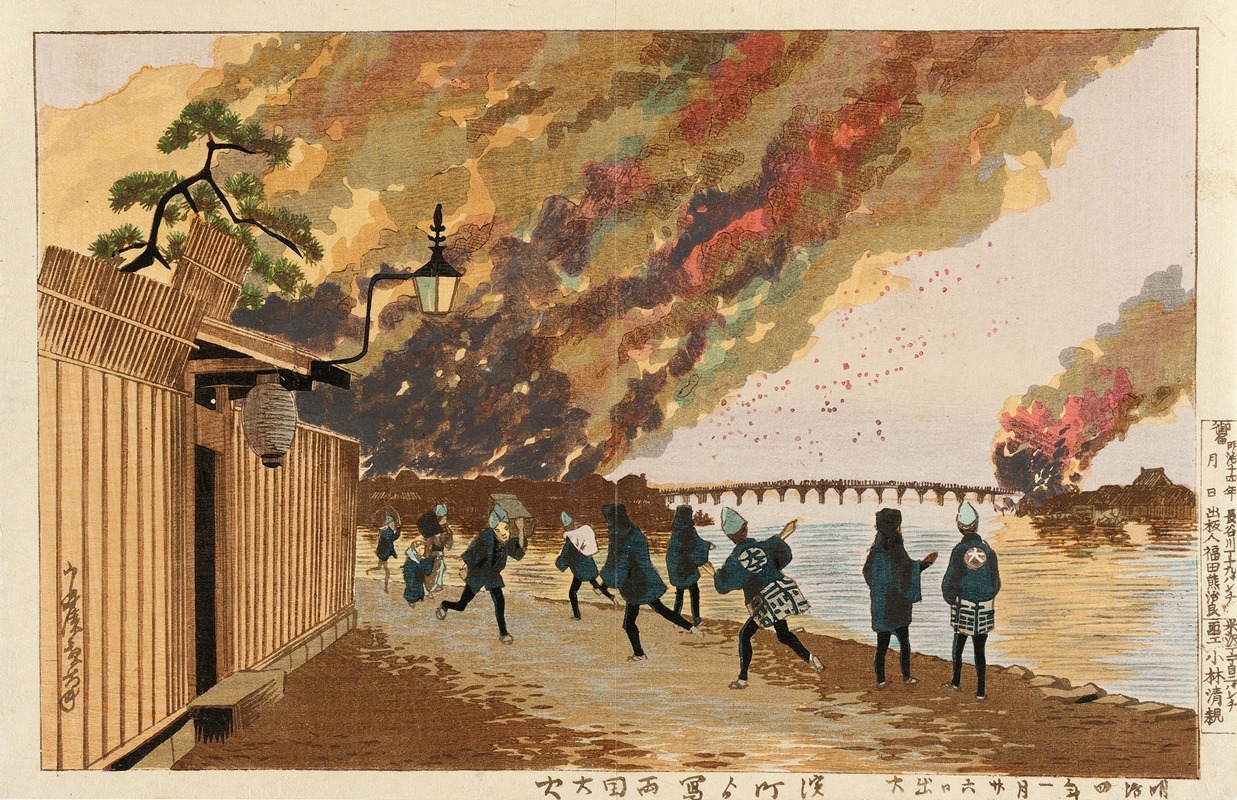
Great Fire at Ryōgoku Sketched from Hamachō, January 26, 1881
A hand-painted replica of Kobayashi Kiyochika’s masterpiece Great Fire at Ryōgoku Sketched from Hamachō, January 26, 1881, meticulously crafted by professional artists to capture the true essence of the original. Each piece is created with museum-quality canvas and rare mineral pigments, carefully painted by experienced artists with delicate brushstrokes and rich, layered colors to perfectly recreate the texture of the original artwork. Unlike machine-printed reproductions, this hand-painted version brings the painting to life, infused with the artist’s emotions and skill in every stroke. Whether for personal collection or home decoration, it instantly elevates the artistic atmosphere of any space.
"Great Fire at Ryōgoku Sketched from Hamachō, January 26, 1881" is a woodblock print by the renowned Japanese artist Kobayashi Kiyochika. This artwork is part of Kiyochika's larger body of work that captures the rapid modernization and transformation of Tokyo during the Meiji era. Kiyochika is often celebrated for his ability to blend traditional Japanese art techniques with Western influences, creating a unique style that vividly portrays the changing landscape of Japan in the late 19th century.
The print depicts the catastrophic fire that occurred in the Ryōgoku district of Tokyo on January 26, 1881. Fires were a common and devastating occurrence in Edo (modern-day Tokyo) due to the densely packed wooden structures and narrow streets. This particular fire was significant due to its scale and the impact it had on the local population and infrastructure. Kiyochika's work captures the dramatic scene with a sense of immediacy and detail, showcasing his skill in rendering light and shadow, which was influenced by Western art techniques.
Kiyochika's depiction of the fire is notable for its atmospheric effects, achieved through the use of chiaroscuro, a technique that employs strong contrasts between light and dark to create a sense of volume and three-dimensionality. This approach was relatively novel in Japanese woodblock prints at the time, as traditional ukiyo-e often focused on flat areas of color and line. Kiyochika's innovative style reflects the broader cultural exchanges between Japan and the West during the Meiji period, as Japan opened its doors to foreign influences and rapidly industrialized.
In "Great Fire at Ryōgoku Sketched from Hamachō," Kiyochika captures the chaos and destruction of the fire, with billowing smoke and flames dominating the composition. The perspective from Hamachō provides a vantage point that emphasizes the scale of the disaster, with figures in the foreground adding a human element to the scene. The print not only serves as a historical record of the event but also as a testament to Kiyochika's artistic vision and technical prowess.
Kobayashi Kiyochika (1847–1915) was a pivotal figure in the world of Japanese art, particularly known for his series of prints depicting Tokyo's transformation during the Meiji Restoration. His works are characterized by their innovative use of light and shadow, as well as their incorporation of Western artistic techniques. Kiyochika's prints often convey a sense of nostalgia for the past while simultaneously embracing the changes brought about by modernization.
The "Great Fire at Ryōgoku" print is part of a larger series by Kiyochika that documents various aspects of Tokyo's urban landscape and the impact of modernization. This series is highly regarded for its historical significance and artistic merit, providing valuable insights into the cultural and social changes occurring in Japan during the late 19th century.
Overall, "Great Fire at Ryōgoku Sketched from Hamachō, January 26, 1881" stands as a significant work within Kiyochika's oeuvre, reflecting both the artist's unique style and the broader historical context of Japan's transformation during the Meiji era.





